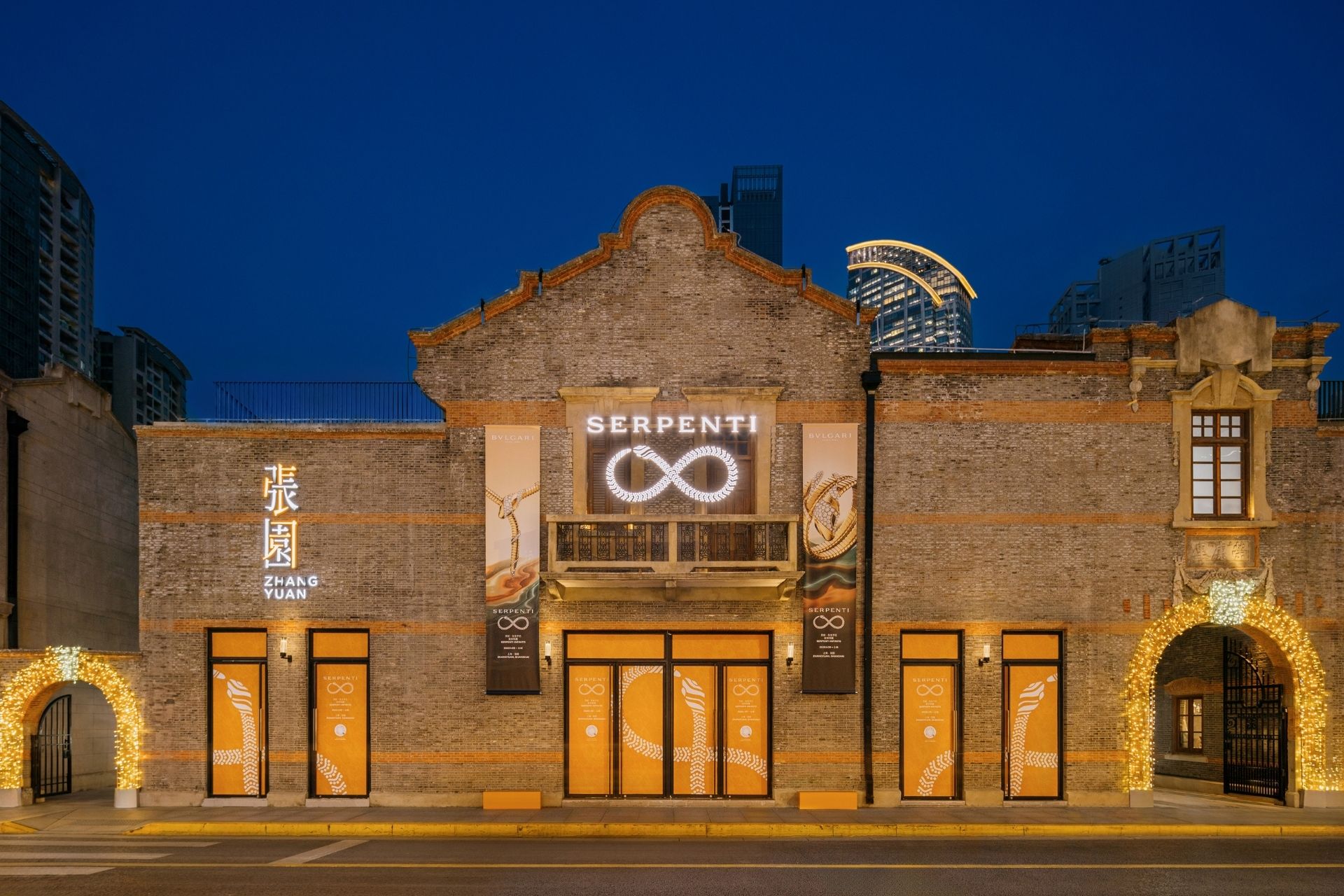Now that luxury brands have embraced digital communications, it is time to think deeply about the type of content that needs to be produced to maximise impact

Now that luxury brands have embraced digital communications, it is time to think deeply about the type of content that needs to be produced to maximise impact
We are drowning under a constant flow of information and we are becoming extremely selective. We devote much less time to read; still and moving images are playing a much larger role in our life. Tablets & smartphones have made them easier to share and to create engagement.
Photography and Video are becoming key elements of marketing strategies. We are not talking about snapping a few pictures here and there, but building strong and focused visual content marketing strategies.
The reach is much wider than just social media. PR is the second obvious one, but a well-planned strategy will also help a business develop its website & blog and build up its Google ranking by making images full part of its SEO (Search Engine Optimisation) strategy.
“ The good news is that Google also speaks the visual language of photography ”
SEO specialists have already been using blogs extensively to create website traffic. The focus, so far, has been through posting interesting, unique well written content. The good news is that Google also speaks the visual language of photography.
The power of Google images has been under estimated and there is a real opportunity to grab for brands and retailers willing to put in place a strong well thought and consistent visual marketing strategy.
The first point of contact of a client is very often on the web and a business can be at risk if it doesn’t try to control its online visual image. Businesses rarely check what is appearing in the top of a search related to their brand in Google image? Brand created content should dominate.
Creating efficient visual content requires planning and some careful analysis: format and size of the images (square, banners, etc.), when to use and reuse, importance of tagging and keyboarding (SEO impact), target audience (depending on the social media platform), etc.
“ Creating efficient visual content requires planning and some careful analysis ”
So what should my priorities be?
If I am a stand-alone shop / small business with a limited budget, the priority is to establish your business as a leader and explain its value and its products, so your website needs to be projecting the right image.
Starting with shop front and interior photography (the online traffic is potentially higher than the footfall on your street), great portrait of the team to make your business personable, some documentary style images showing your skills (after sales services for example) and the values of your business.
High attention to tagging and key wording to build your SEO and your traffic is essential. This set of photographs will also be the based of your corporate PR kit and your catalogue. This is a major element of your business identity.
“ High attention to tagging and key wording to build your SEO and your traffic is essential ”
The second step is to communicate and create engagement with prospects and clients through posting the right visual content on social media platforms. If you are a retailer, it makes sense to use the photographs provided by the brand if you are authorized and if you can’t afford to produce quality professional images.
A picture showing an unattractive wrist wearing a scratched watch which has not been professionally retouched will most likely be counter productive and kill a sale rather than initiate an impulse one.
When it comes to events and animations, professional photography should be your first choice.
To further investigate social media on Luxury Society, we invite your to explore the related materials as follows:
– The Latest Digital: Christie’s, Hermès & Salvatore Ferragamo
– Why Your Social Media Strategy Isn’t Working In China
– Experiencing Luxury: From Digital to Dynamic








